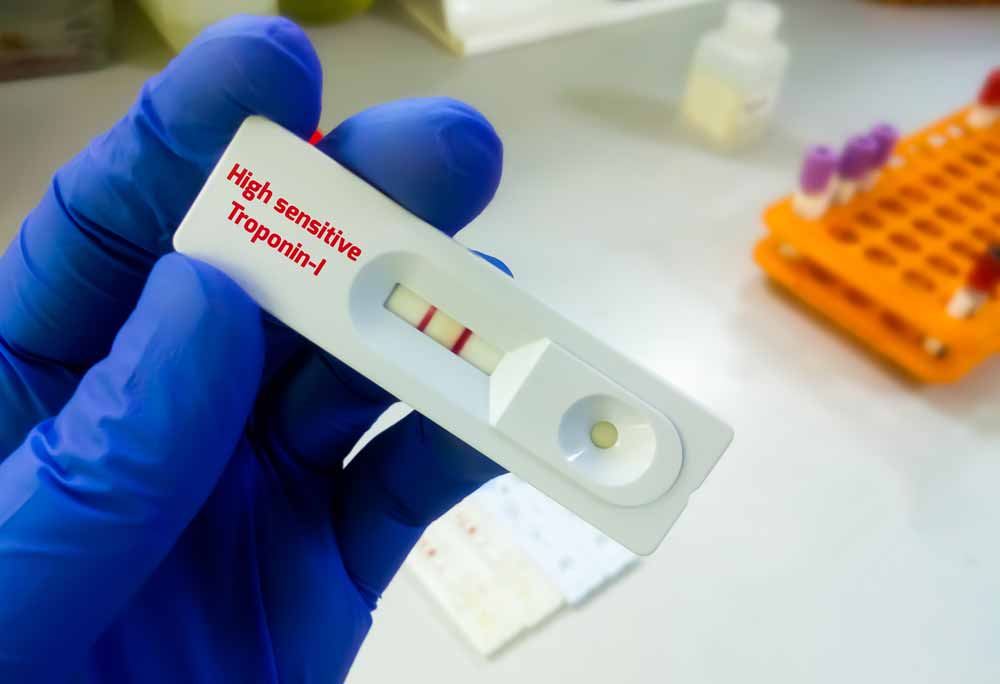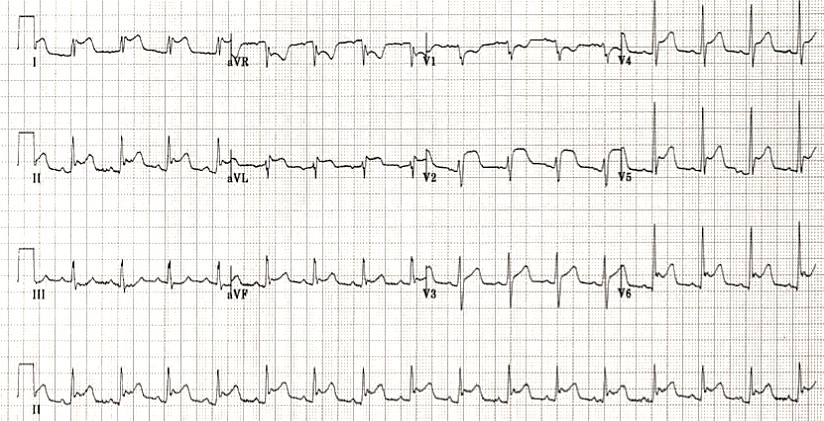Mortality SCORE for COVID-19: on-line calculator

Mortality risk calculator for hospitalized patients diagnosed with COVID-19. 4C MORTALITY SCORE FOR COVID-19
This scale was developed specifically for hospitalized patients with COVID-19. This may not apply to outpatients. Stratification of the risk of death in hospitalized patients with COVID-19 is important for further decision-making on treatment tactics and predicting the course of the disease.
Male
Female
<20
20–29
≥30
≥92%
<92%
15
<15
Urea <7 mmol/L (<42 mg/dL) OR BUN <19.6 mg/dL
Urea ≥7 to ≤14 mmol/L (≥42mg/dL to ≤84 mg/dL) OR BUN ≥19.6 to ≤39.2 mg/dL
Urea >14 mmol/L (>84 mg/dL) OR BUN >39.2 mg/dL
<50 mg/L (<5 mg/dL)
50-99 mg/L (5-9.9 mg/dL)
≥100 mg/L (≥10 mg/dL)
| Mortality Score | Risk group | In-hospital mortality |
|---|---|---|
| 0 | 0 | 0 |
To assess the risk of mortality in hospitalized patients diagnosed with COVID-19 is required a preliminary assessment of the state of consciousness on the Glasgow scale.
Following the Glasgow scale, the following parameters are assessed to assess the mortality rate from 4C:
| Variable | Points | |
| Age, years | <50 | 0 |
| 50-59 | 2 | |
| 60-69 | 4 | |
| 70-79 | 6 | |
| ≥80 | 7 | |
| Sex at birth | Female | 0 |
| Male | 1 | |
| Number of comorbidities* | 0 | 0 |
| 1 | 1 | |
| ≥2 | 2 | |
| Respiratory rate, breaths/min | <20 | 0 |
| 20-29 | 1 | |
| ≥30 | 2 | |
| Peripheral oxygen saturation on room air | ≥92% | 0 |
| <92% | 2 | |
| Glasgow Coma Scale | 15 | 0 |
| <15 | 2 | |
| Urea or BUN (use measurement available) | Urea <7 mmol/L (<42 mg/dL) OR BUN <19.6 mg/dL | 0 |
| Urea ≥7 to ≤14 mmol/L (≥42mg/dL to ≤84 mg/dL) OR BUN ≥19.6 to ≤39.2 mg/dL | 1 | |
| Urea >14 mmol/L (>84 mg/dL) OR BUN >39.2 mg/dL | 3 | |
| C-reactive protein, mg/L | <50 mg/L (<5 mg/dL) | 0 |
| 50-99 mg/L (5-9.9 mg/dL) | 1 | |
| ≥100 mg/L (≥10 mg/dL) | 2 |
*Comorbidities include chronic cardiac disease, chronic respiratory disease (excluding asthma), chronic renal disease (estimated glomerular filtration rate ≤30), mild to severe liver disease, dementia, chronic neurological conditions, connective tissue disease, diabetes mellitus (diet, tablet, or insulin controlled), HIV or AIDS, and malignancy.
Interpretation:
| 4C Mortality Score | Risk group | In-hospital mortality |
| 0-3 | Low | 1.2-1.7% |
| 4-8 | Intermediate | 9.1-9.9% |
| 9-14 | High | 31.4-34.9% |
| ≥15 | Very high | 61.5-66.2% |
- Low risk – May be suitable for outpatient management
- Intermediate risk – May be suitable for general inpatient treatment
- High risk – May require aggressive treatment and higher level of monitoring
Apply to risk stratify patients who are admitted with COVID-19.
Designed specifically for hospitalized COVID-19 patients. This may not apply to patients seen in the outpatient setting.
Requires eight specific predictors of mortality, not all of which may be immediately available in all settings (e.g., CRP).
Patient population in the study had a median age of 73 years old, 82% white, with an overall mortality of 32.2%. All patients were from England, Scotland, and Wales. Consider when applying this to your patient population.
Not externally validated and may lead to unknown applicability and generalizability.
Risk stratification of admitted COVID-19 patients to aid in determining mortality risk, decision for level of care, and prognostication.
The 4C Mortality Score was derived from a prospective observational cohort study based upon positively tested COVID-19 patients admitted to 260 hospitals in England, Scotland and Wales. The score includes eight variables consisting of age, sex, number of comorbidities, respiratory rate, peripheral oxygen saturation, Glasgow coma scale score, urea level, and C-reactive protein. The score, ranging from 0-21, predicts in-hospital mortality from low risk to very high risk. The score, when compared against existing scores for CAP and COVID-19, performed better in predicting in-hospital mortality in the validation cohort.
Although the score performed well in the internal validation of the study, it requires external validation. The score is limited to determining in-patient hospital mortality and is not designed to be applicable to the outpatient setting. Overall generalizability of the score needs to be further investigated as it was derived and validated in a primarily homogeneous ethnic and age cohort.
Eight specific predictors of mortality are required, not all of which may be available in all settings at once (eg, C-reactive protein).
The median age of patients in the study was 73 years, 82% were Caucasian, with an overall mortality rate of 32.2% in the group. All patients were from England, Scotland and Wales.
Be careful, this scale has not been externally validated at this time. Use with care!
Register on our website right now to have access to more learning materials!
ClinCaseQuest Featured in SchoolAndCollegeListings Directory
Exciting News Alert! We are thrilled to announce that ClinCaseQuest has been successfully added to…
We presented our experience at AMEE 2023
AMEE 2023 took place from 26-30 August 2023 at the Scottish Event Campus (SEC), Glasgow,…
We are on HealthySimulation – world’s premier Healthcare Simulation resource website
We are thrilled to announce that our Simulation Training Platform “ClinCaseQuest” has been featured on…
Baseline Cardiovascular Risk Assessment in Cancer Patients Scheduled to Receive Cardiotoxic Cancer Therapies (Anthracycline Chemotherapy) – Online Calculator
Baseline cardiovascular risk assessment in cancer patients scheduled to receive cardiotoxic cancer therapies (Anthracycline Chemotherapy)…
National Institutes of Health Stroke Scale (NIHSS) – Online calculator
The National Institutes of Health Stroke Scale (NIHSS) is a scale designed to assess the…
SESAM 2023 Annual Conference
We are at SESAM 2023 with oral presentation “Stage Debriefing in Simulation Training in Medical…











